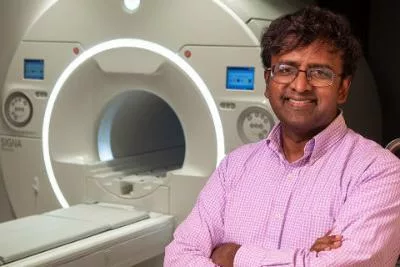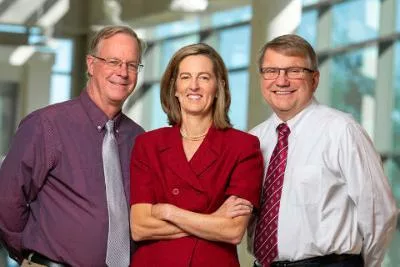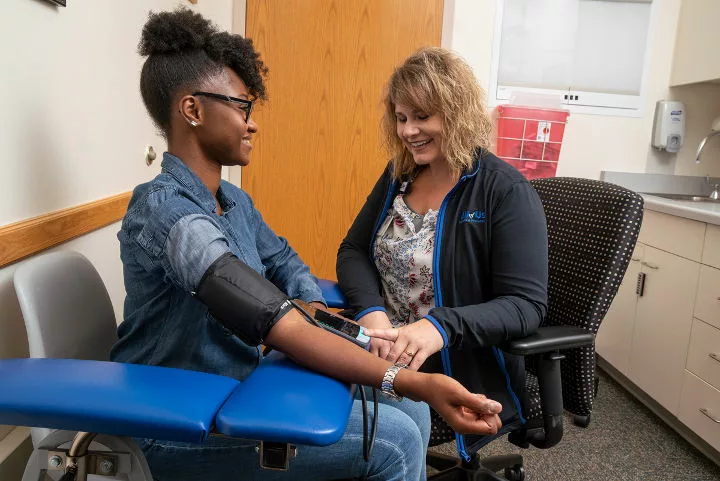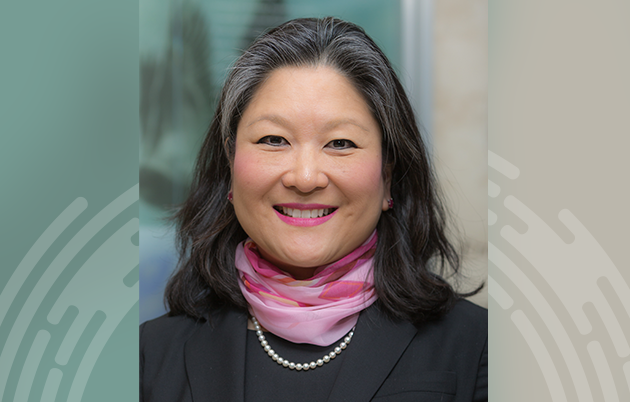Reflecting upon the programs developed by ICTR between 2006 and 2018 and his past experiences, Brasier says, “I have a passion for translational medicine. Without this approach, work in laboratories can get locked there, and we need to continue to break down barriers and move discoveries from the bench to the bedside. Relying on team science is an important way to do this.”
Unlike research of years ago, in which individual investigators spent countless hours working on hypotheses in isolation, team science relies on researchers working in collaborative, often multidisciplinary, teams across a campus, state or nation.
“Papers from effective, interdisciplinary teams are cited more often, and patents are more likely to be licensed,” notes Brasier.
The founding ideal of the CTSA Program is something Brasier took to heart in his previous role as the director of the Institute for Translational Sciences at the University of Texas Medical Branch in Galveston, where he ran its CTSA Program.
“I see the diversity of discipline at UW–Madison as a great opportunity,” he says, referring to leading the university’s multi-school CTSA Program, within the campus’ massive research enterprise.
The foundation of team science is in place for Brasier to cultivate, notes Robert Lemanske, Jr., MD ’75 (PG ’80), professor, Departments of Medicine and Pediatrics, Division of Pediatric Allergy, Immunology and Rheumatology, and associate dean for clinical and translational research.
Drezner recruited Lemanske to become an ICTR co-deputy executive director in 2015 to oversee the Translational Workforce Development and Education Programs, which include the KL2 Scholars Program, as well as graduate programs in clinical investigation and predoctoral and postdoctoral TL1 Training Programs.
Lemanske says this role was a natural fit because his research has thrived for decades, and continues to flourish, under the tenet of team science. For instance, as early as the 1970s, in collaboration with UW School of Pharmacy researchers, he developed a rat model of virus-induced airway dysfunction; the results were translated into humans with the 1998 creation of the COAST (Childhood Origins of ASThma) birth cohort project. This research subsequently led to discoveries of how environmental and genetic factors impact asthma development in children. Lemanske’s current investigations have combined results from the COAST study with data from other birth cohort studies in the United States to further elucidate mechanisms of asthma inception in pediatric patients.
About ICTR, Lemanske notes that Drezner developed a “complex, integrated, well-oiled machine,” and Brasier spent a few months working alongside Drezner to learn its inner workings.
This transition time was particularly helpful due to ICTR’s size and success compared with other CTSAs, Drezner says, adding, “If we could have performed that Star Trek mind-meld, it would have been ideal.”
Mind-melding aside, Drezner points out that Brasier is drawing upon his abilities as a leader and mentor to grow and nurture the family environment that ICTR embodies.
Future Perspective
Team science remains among ICTR’s key components, as will an expanded emphasis on precision medicine and meaningful engagement of the health system, Brasier notes. With this in mind, the group recruited another ideal teammate in Elizabeth Burnside, MD, co-deputy executive director.
A nationally recognized breast cancer researcher with a master’s degree in medical informatics from Stanford University, Burnside became an associate dean for team science and interdisciplinary research at the School of Medicine and Public Health in 2018. She works with Umberto Tachinardi, MD, MSc — the school’s associate dean for biomedical informatics — to improve ICTR’s medical informatics enterprise and its partnership with the Marshfield Clinic Research Institute.
“My work with Dr. Drezner, my informatics background and my love of mentorship make me feel like this is a good fit,” says Burnside, professor, Department of Radiology. “Over the years, I’ve been a grateful recipient of many ICTR resources, including research awards, informatics support and career development training.”
For example, in 2015, when Burnside was invited to lead an NIH K12 training grant, “Building Interdisciplinary Research in Women’s Health,” she was charged with ensuring that ICTR resources were available to scholars. This gave her the opportunity to work closely with Drezner and other ICTR staff members and cemented her resolve to bring ICTR’s crucially important resources to investigators in women’s health and gender differences. She has appreciated Drezner’s guidance in her endeavors since then.
“The opportunity to step into a leadership role with ICTR — and to learn more about the organization’s research infrastructure — came at a great time,” she says. “I’m continually impressed by the depth of knowledge and expertise that has been cultivated by the research teams and ICTR program leaders, including those in education and training, patient engagement, informatics and other areas.”
With Brasier, Burnside and Lemanske at the helm, “the future is now for ICTR!” exclaims Drezner. “It entails taking what is here and expanding upon it.”
The new leaders plan to broaden ICTR’s reach as a national leader among CTSA programs, while continuing to serve as exceptional mentors for junior faculty members and implementing the All of Us Research Program.





